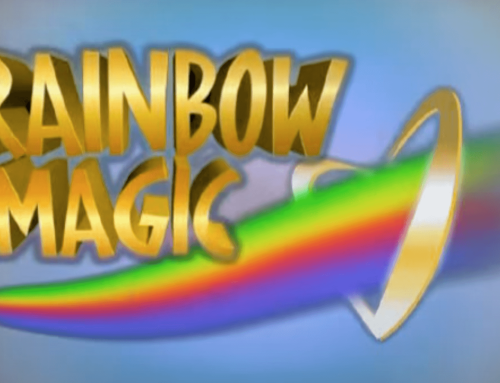Children caught in the whirlwind of adverse childhood experiences cannot see clearly how to overcome or transform their inner reality. While many tools are needed and helpful, artwork that allows the inner experience to be expressed brings the beginning of clarity. This child’s artwork was the anger and rage trapped inside from experiencing domestic violence. Seeing the rage that was controlling him gave him the confidence to know how to begin the transformational healing. Many more stress skills assist in transforming a painful inner life into one that feels healthy.
Young children may not be able to find words to explain what they are feeling. Even older children and teens often have the difficulty. By offering markers or crayons, even paints, and paper supplies, a child does not have to find a way to talk about the difficult experiences right off the bat. Instead, encouraging children to color the colors or draw in symbols what the feelings inside look and feel like can open a doorway for healing.
You can ask a child what feeling she/he is coloring and where he/she feels it inside. Sometimes they cannot pinpoint the exact location, so encourage them to guess. Talking about how the artwork looks and feels introduces children to their inner turmoil with permission to do so and no pressure. Often if there is pressure to share, children will move farther away from being able to share. They already have tension built up inside and feelings that are difficult. Adding stress complicates the process.
If a child has difficulty talking about she/he has colored, you can indicate what you feel when you look at the artwork, saying what you ‘think’ it must feel like….sadness, anger, etc.
When a child does not know where to start, you can color what you are feeling right in the moment and talk about it. This can be an introduction to feeling okay to share for the child.
Always compliment the child on any artwork and sharing verbally. Children need to know it is okay to share and a good thing to process, one step at a time.

